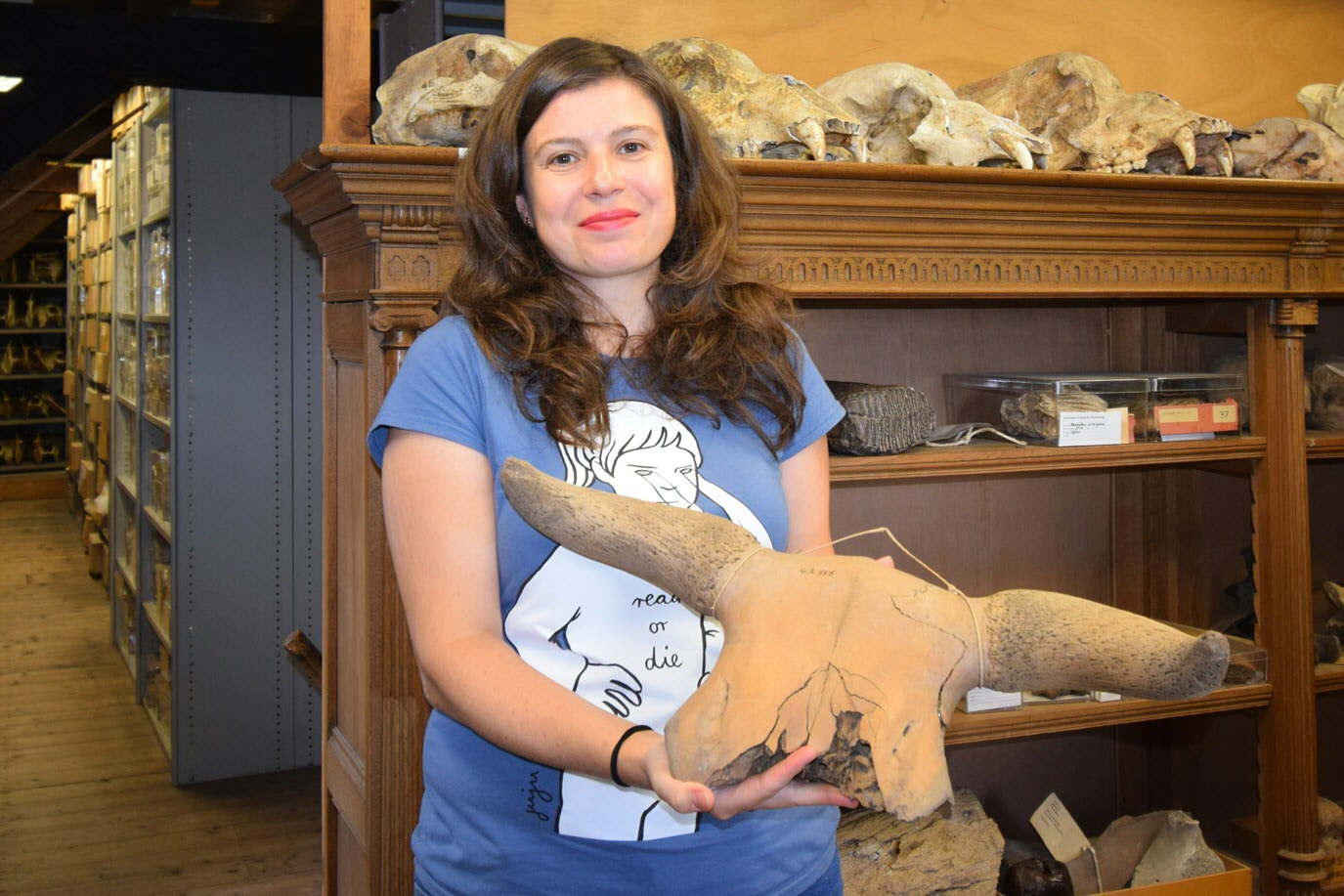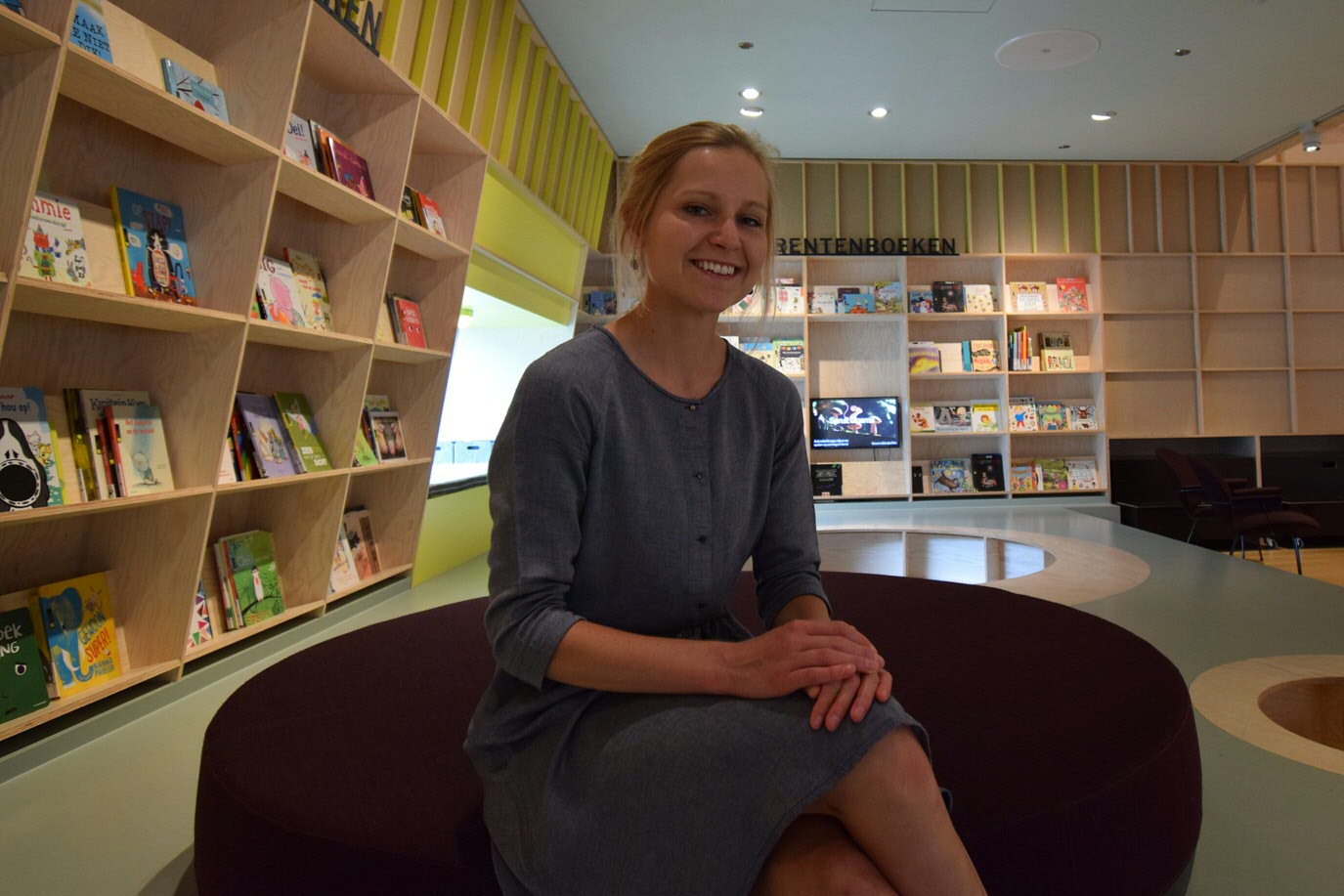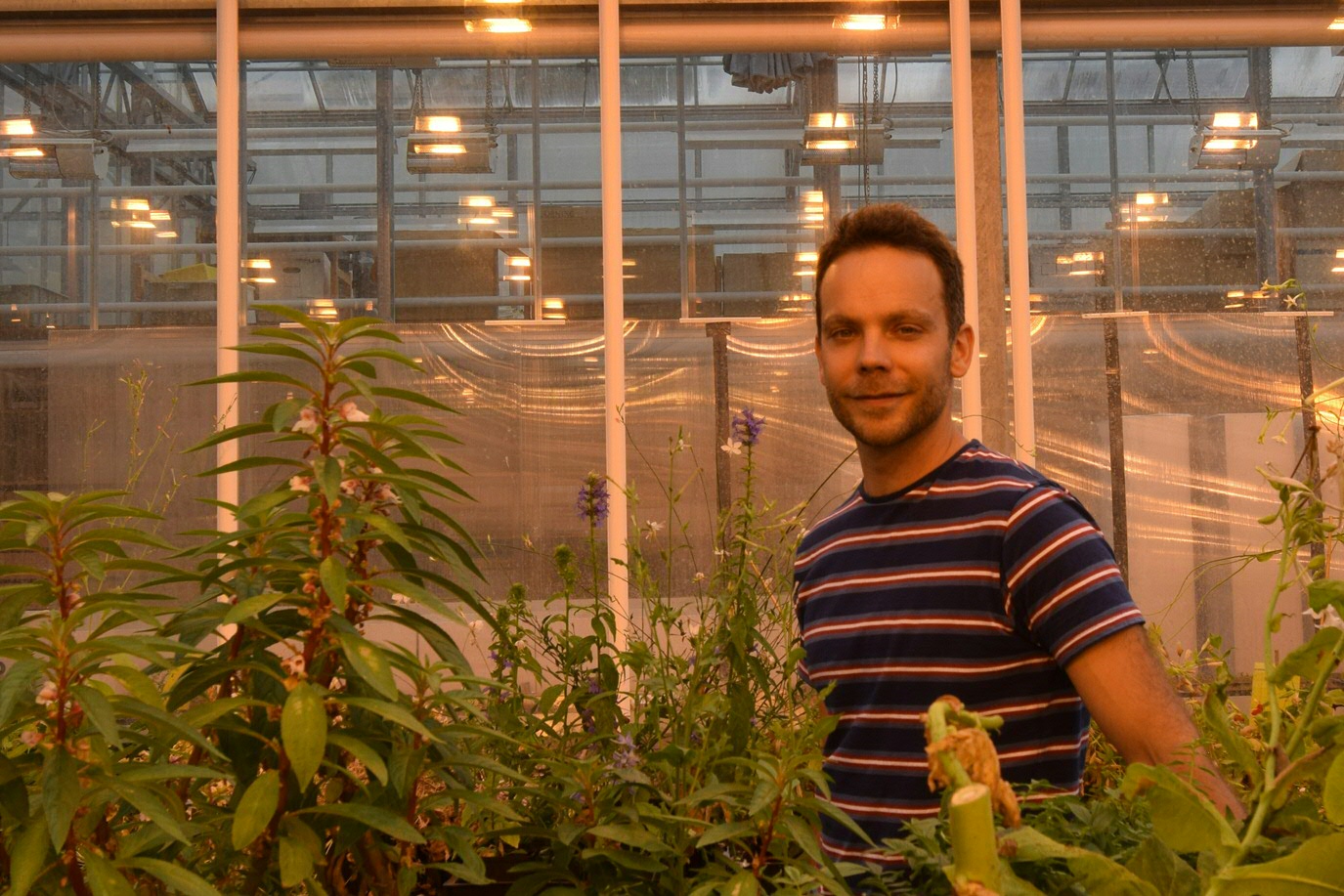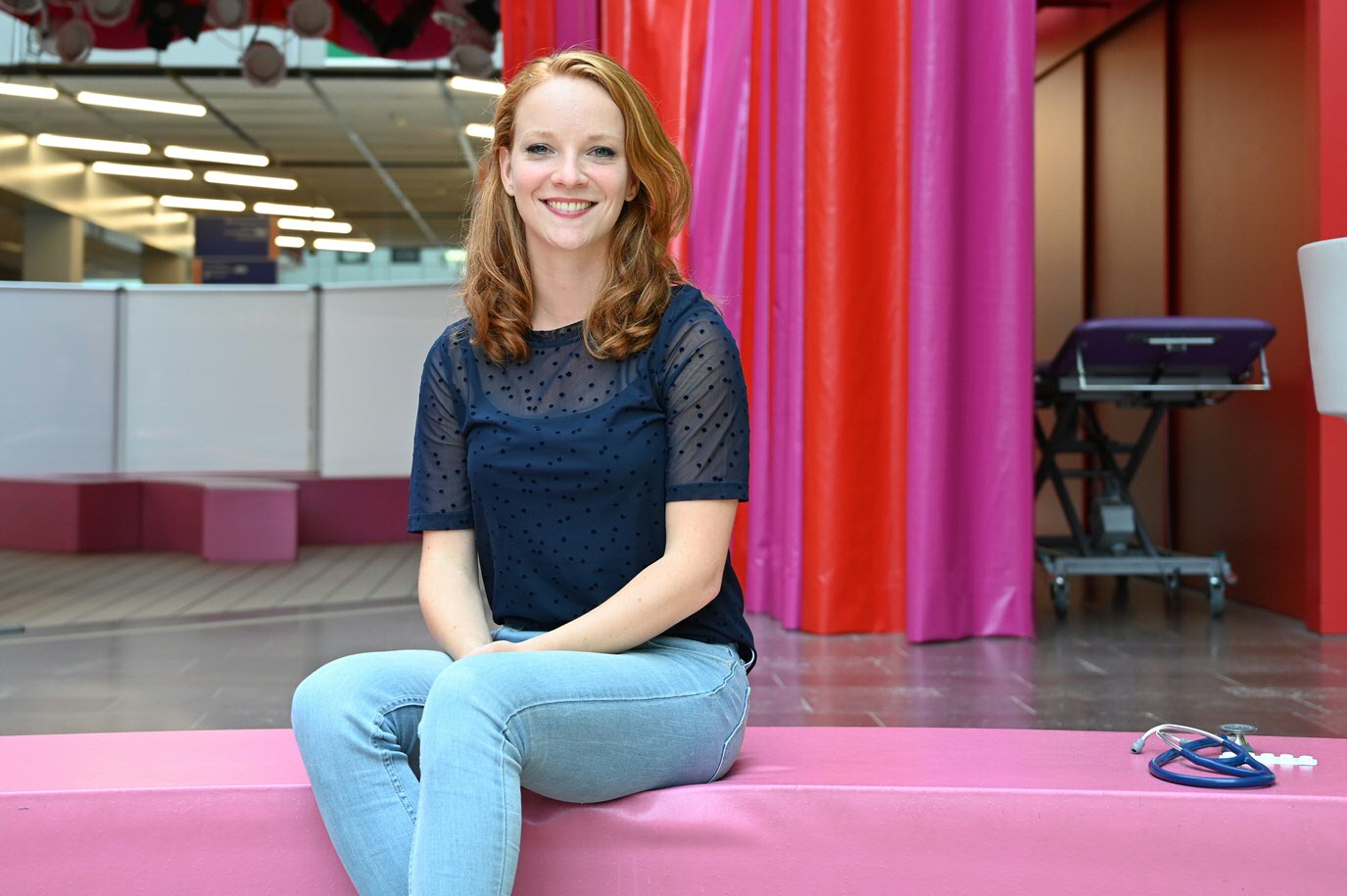The University of Groningen nominations for the Klokhuis Science Prize
This year, the University of Groningen has submitted four research projects to compete for the national Klokhuis Science Prize. The aim of this prize is to introduce a young and wide audience to academic research. The winning project will be featured in an episode of the television programme Klokhuis. The four selected scientists explain their research below.
Anne Margit Reitsema: ‘Often on TikTok and YouTube it seems as though all children are happy and cheerful all the time. But is this true? And what does it actually mean to “be happy”? Is it the same as being cheerful all the time? And can you also be happy if you sometimes (or even regularly) feel down? My research focuses on happiness, specifically: what makes children and young people happy? To answer this question I asked children, young people and parents from all over the Netherlands to take part in my research.’
Canan Çakirlar: ‘I research animal bones that are thousands of years old. During the Stone Age, things changed in the Netherlands: our ancestors started to keep cows and pigs instead of hunting aurochs and wild boars. But when exactly did that happen? When did free-roaming aurochs become cows in a barn? And when did a wild boar become a pig? Is it even possible to pinpoint exactly when that happened? To find out, I examine many different bones in the lab. By studying the smallest particles in the bones – the atoms and the DNA – I can find out where the animals lived, what they looked like and whether or not they roamed around freely.’
Casper van der Kooi: ‘All over the world there are millions of beautiful flowers in all sorts of colours. But why do flowers actually come in all these colours? They need to attract the attention of bees, butterflies, moths, birds and bats for pollination – which is also important for the production of the food that we eat, such as fruit. But bees see different colours than birds, for example. In my greenhouse I grow plants from all over the world. When they are in bloom, I examine the flowers under the microscope and with photo cameras. I investigate how pollinators see the flowers and try to understand how this has resulted in all these different colours of flowers.’
Malou Luchtenberg: ‘For my research, I work with children to investigate how medical research can be improved. For many illnesses in children, a suitable treatment is not yet available. That’s why it’s important to carry out research, for example into new medicines. But how should we actually go about doing that? What makes children want to participate in a research project or not? To answer these questions, I interview children. They talk about what it’s like to be ill and to participate in research to improve care in the future. Together with other children, I develop their tips and present them to doctors and researchers.’
Procedure
Het Klokhuis compiles a shortlist of ten research projects selected from entries submitted from all over the country. The public then vote for the project that they believe deserves to win the 2020 Klokhuis Science Prize. The winner will be announced during the InScience - International Science Film Festival on 15 November.




| Last modified: | 02 October 2020 10.26 a.m. |
More news
-
23 April 2024
Nine MSCA Doctoral Network grants for FSE researchers
Nine researchers of the Faculty of Science and Engineering have received a Horizon Europe Marie Sklodowska Curie Doctoral Network grant.
-
22 April 2024
Charissa Roossien secures JTF subsidy to develop Health Tracker
Dr. Charissa Roossien (ENTEG) has successfully secured a Just Transition Fund (JTF) subsidy of 1.8 million euros to develop a Health Tracker for reliable respiratory and metabolic analysis.
-
16 April 2024
UG signs Barcelona Declaration on Open Research Information
In a significant stride toward advancing responsible research assessment and open science, the University of Groningen has officially signed the Barcelona Declaration on Open Research Information.
